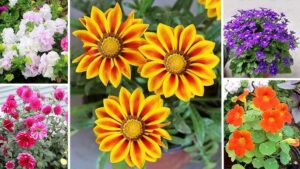Monsoon’s Hidden Treasures: 5 Rare Wildflowers That Bloom Only When It Rains
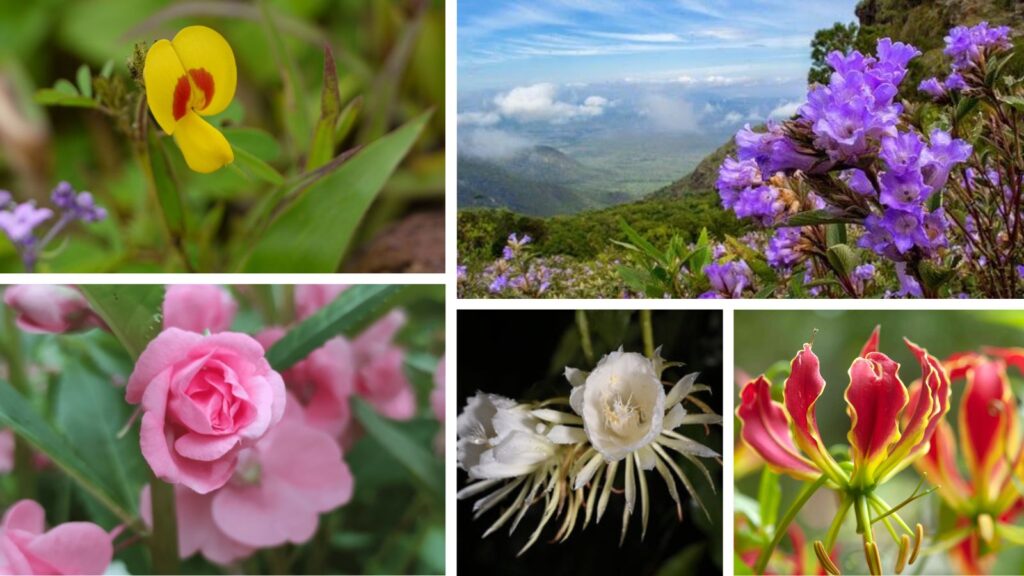
Monsoon’s Hidden Treasures: 5 Rare Wildflowers That Bloom Only When It Rains
As monsoon clouds gather over India, they do more than bring relief from the heat — they awaken a spectacular side of nature that stays hidden the rest of the year. From mist-laced hills to forested valleys, rare wildflowers begin to bloom — some for just a few weeks, others only once in a generation. These fleeting marvels are nature’s quiet celebration of rain, untouched by gardening tools or city parks.
Here’s a look at five rare and mesmerizing Indian wildflowers that blossom only during the monsoon season:
1. Brahma Kamal (Saussurea obvallata)

Found in: High altitudes of Uttarakhand — Hemkund Sahib, Roopkund, and Valley of Flowers
Blooming season: July to September, mostly at night
Sacred and elusive, the Brahma Kamal is steeped in mythology. Associated with Lord Brahma, it blooms under the moonlight and wilts by dawn. Found in alpine meadows of the Himalayas, this white, star-shaped flower is not just a visual marvel but also a spiritual symbol, revered and used in temple rituals. To see it in bloom is a rare and awe-inspiring experience.
2. Pink Balsam (Impatiens balsamina)
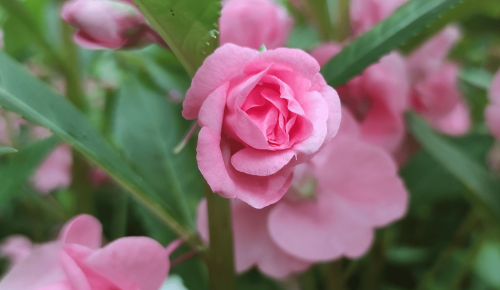
Found in: Shady forests of the Western Ghats — Kerala, Karnataka, Tamil Nadu
Blooming season: June to September
Lighting up the forest floor like pink lanterns, Pink Balsam thrives in moist woodlands. Its delicate, bell-like flowers bloom near waterfalls and under dense canopies, drawing bees and butterflies. These blooms are signs of a thriving, hydrated ecosystem and often form lush carpets across the Western Ghats during peak monsoon.
3. Smithia Hirsuta
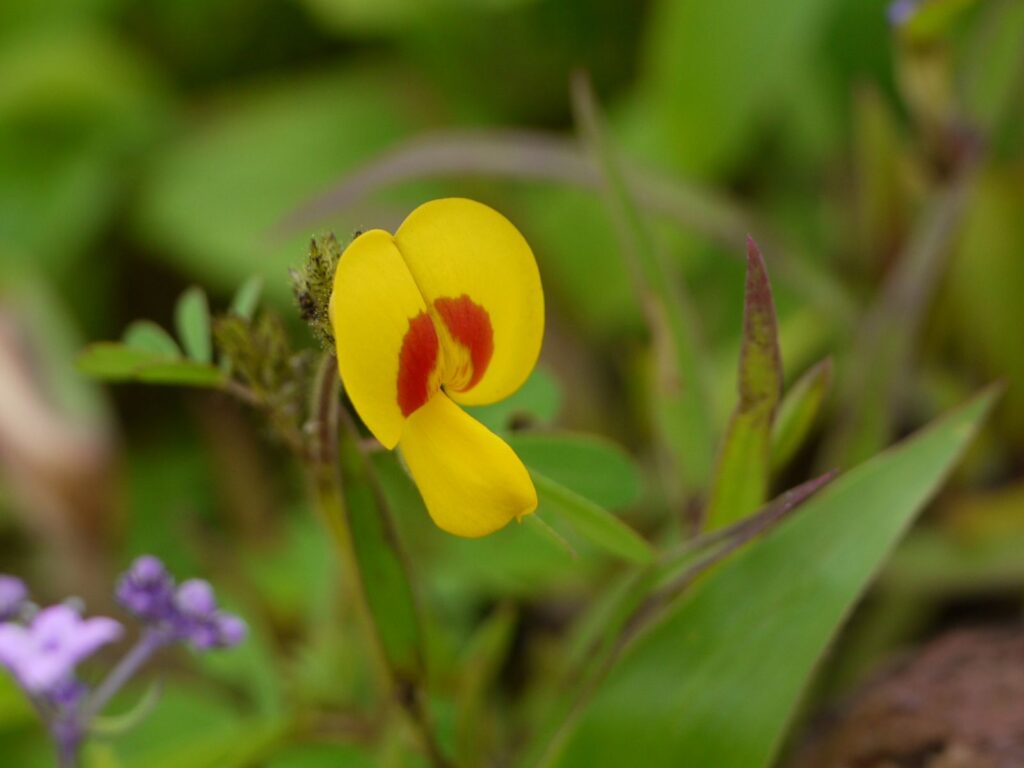
Found in: Kaas Plateau, Maharashtra — the “Valley of Flowers” of the Western Ghats
Blooming season: July to early October
These bright yellow blooms with reddish streaks form dense, low-lying mats on the Kaas Plateau, turning the entire landscape into a golden mosaic. Often mistaken for orchids, Smithia hirsuta plays a vital ecological role by supporting local insect populations. One good shower can set off a vivid bloom that transforms the plateau into a sea of sunshine.
4. Flame Lily (Gloriosa superba)
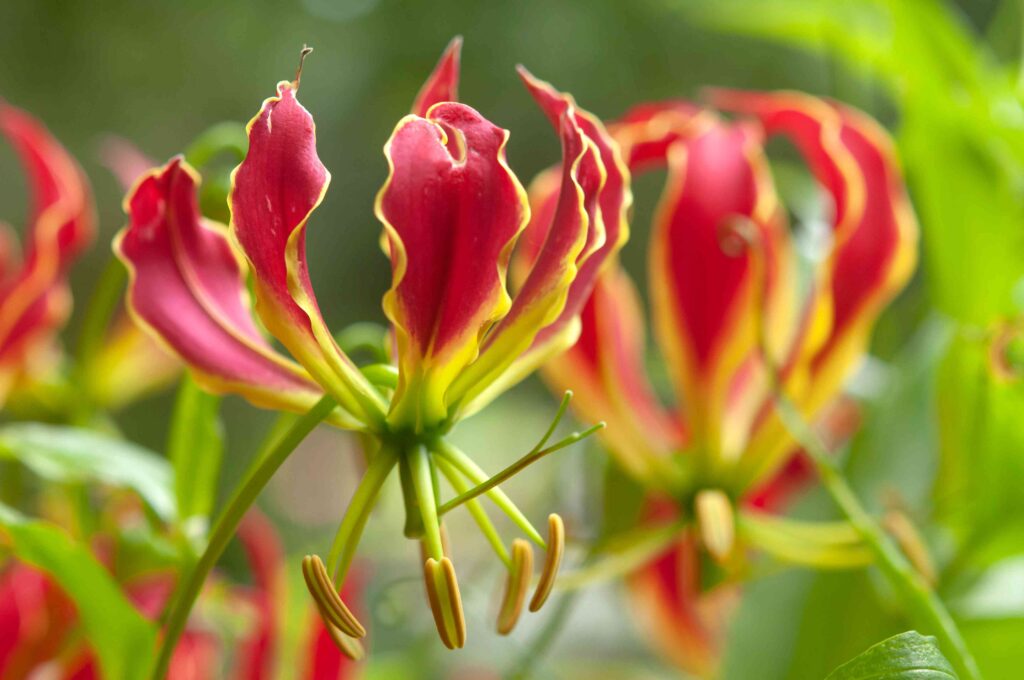
Found in: Forest trails, hedgerows, and hillsides across Kerala, Maharashtra, Karnataka, and eastern India
Blooming season: June to August
With fiery red-and-yellow curled petals, the Flame Lily lives up to its name. A climbing vine, it blazes through wild landscapes during the monsoon. It’s also the state flower of Tamil Nadu and carries medicinal significance in traditional practices — though it’s highly toxic if not used properly. A visual showstopper, the Flame Lily is both beautiful and bold.
5. Neelakurinji (Strobilanthes kunthiana)
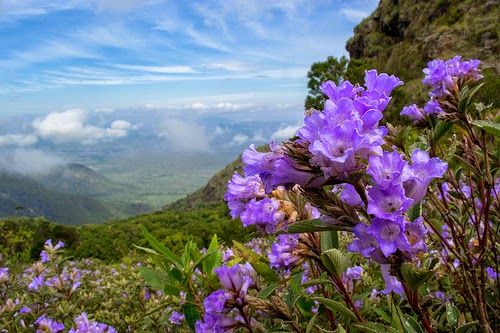
Found in: Shola grasslands of the Western Ghats — Munnar, Eravikulam National Park, parts of Tamil Nadu
Blooming season: Once every 12 years (last in 2018, next in 2030)
Perhaps the rarest of them all, Neelakurinji blooms only once every 12 years, cloaking hillsides in a stunning sea of violet-blue. This surreal event draws visitors from across the globe. For local tribes like the Muthuvans, its blooming is a time marker passed through generations. In those brief weeks, the Western Ghats turn into a dreamscape few ever forget.
Why These Blooms Matter
These monsoon wildflowers aren’t just seasonal wonders — they’re guardians of biodiversity. Their blooms support crucial pollinators like bees and butterflies, help maintain soil health, and preserve age-old cultural practices. Many are rooted in traditional healing and spirituality, showcasing the deep relationship between nature and Indian heritage.
Above all, these wildflowers teach us that beauty doesn’t always announce itself loudly — sometimes, it quietly unfolds with the rain, only for those willing to pause and look.






